There is a close relationship between the sounds of electronic musical instruments and electronic games. In particular, there was a diversion of technology in the era when hardware sound sources were particularly needed. Over two articles, I would like to trace the history of sound sources for Japanese-made electronic games. As there are many types of game consoles, I have only included the models that I was personally interested in.
1970s-1980s: Mainly Used General-Purpose Elements
1978 Taito - Space Invaders
Early electronic games did not yet have dedicated sound generators, and so they were made by combining general-purpose components to create sound effects. The key elements were sound generators and timer ICs. The SN76477 sound generator may have a fancy name, but it was difficult to generate pitch, so it was essentially only used for noise-based sound effects. Timers are general-purpose components that can also be used to create sound. The photo below shows the internal circuit of the 556, which has two 555s installed. In action games, sound effects that are linked to the action are the most important, and there was almost no room for anything else in terms of specifications. Even so, I think that the sound effects in Space Invaders, for example, were well-balanced, combining musical effects.
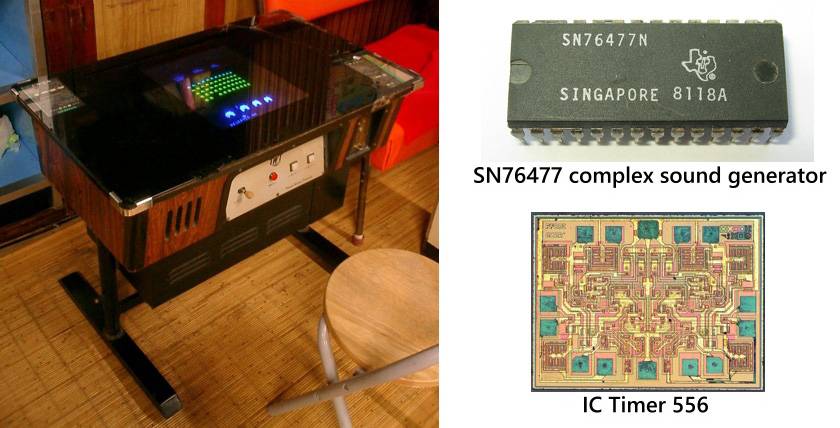
Space Invaders, CC BY-SA 3.0 (quoted from Wikipedia)
556 timer, CC BY 3.0 (quoted from Wikipedia)
The waveform is the sound of the invader and the sound of hitting it.

1980s Nintendo - Game Watch
It's a simple mobile phone game that only makes beeping sounds. It became a big hit because of its idea rather than its technology. It uses the same IC chip that was used in Sharp calculators. The sound is probably made by emitting pulses and using a piezoelectric element to make it sound.
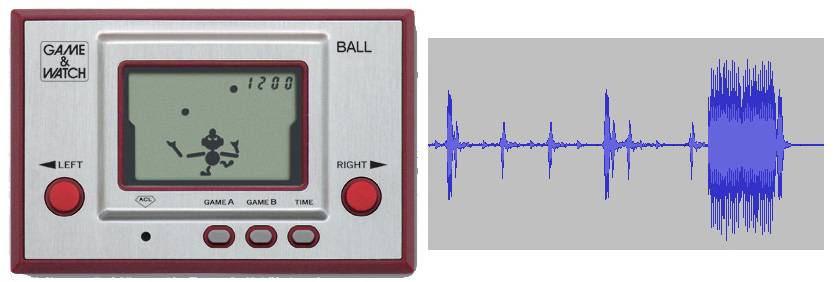
Game Watch, CC BY-SA 3.0 (quoted from Wikipedia)
1980 Namco - Pac-Man Original Sound Source
Namco generates sound using its own arbitrary waveform generator. It was also possible to create music, but it seems that the main focus was on sound effects during play. Also, because it was possible to create tones, they were able to differentiate themselves from the PSG of other companies. It seems that it was not a dedicated chip in the early days. It could be called a unique wave table, with an amplitude of 4 bits (16 steps) and a fairly rough 32 samples, but it was possible to create sounds freely within this, so it had more expressive power than the PSG sound source, which had to make do with a square wave. Namco was leading the way in terms of sound, by hiring people with specialist music skills, etc.
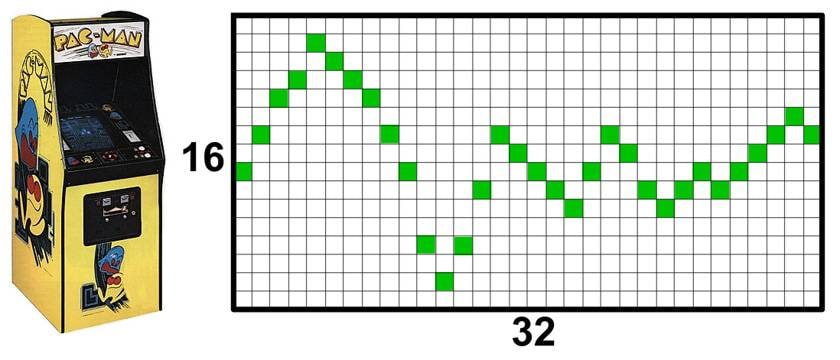
Pacmanstyle, CC BY-SA 2.5 (quoted from Wikipedia)
This is the waveform of the melody of the opening.

1980s PSG Sound Source
PSG is a sound source that symbolizes this era. The original chip is the Programmable Sound Generator AY-3-8910, developed by General Instrument in 1978.
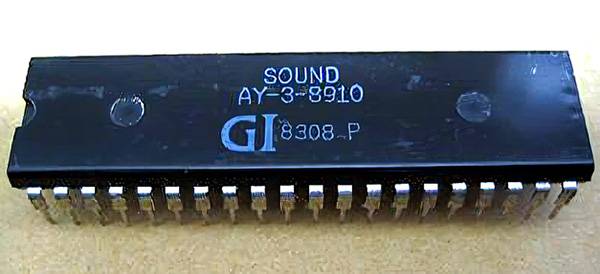
There were two types of waveforms available: a square wave with a fixed duty ratio x3 (8 octaves) and white noise. It also had an envelope generator, with 4-bit (16-step) volume and 3 polyphony.

It was used in arcade games, pinball machines, and PCs (PC-6001, X1, FM7, etc.). There are also many compatible products and clones, and there are many sound sources that have been expanded from the PSG. They are collectively referred to as PSG sound sources.
1980s Arcade game (PSG)
PSG was used in many arcade games. The waveform below seems to have low-frequency noise in it.

1983 Nintendo - Family Computer (pAPU)
Home video games consoles also started to come with sound sources.

RP2A03E, CC BY-SA 3.0 (quoted from Wikipedia)
The NES sound source was built into the CPU, the RP2A03 (made by Ricoh), and the sound source part alone is called the pAPU. The sound source is a PSG-compatible sound source + PCM sound source (built into the CPU), but because the duty ratio of the square wave could be selected and triangular waves could also be handled, it had more expressive power than PSG. It was possible to play four notes simultaneously, so it was possible to balance music and sound effects.
Square wave x2: This is the most prominent of the built-in waveforms, so it is mainly used for melodies. Also, because the duty ratio has been switched, it can be used as a tone variation. Looking at the waveform, it is more like an analog synth square wave than a digital square wave.
1:1

3:1、1:3

1:7

Triangle wave x1: This waveform was not often used in other places, so it became a characteristic sound of the NES. Because it has few overtones, it was effective when used for bass, toms, etc. Since the resolution is 4-bit, it is stepped. Furthermore, it is noisy, so it has high-frequency spikes.

Noise x1: There were 16 different noise modes. It could also be looped to create short-cycle noise. It was also used as sound effects and percussion sounds like snare drums.

DPCMx1:The NES was also able to have arbitrary waveforms. The sound quality was not good, but it contributed to the variation of sounds. It was also possible to select the frequency, and it seems that it could handle up to 33.14 KHz.
I think the pitch was determined by dividing the system clock frequency of 1.79MHz. It is used as a chip tune after 2000 as a sound that is like a game. Chip tune is called 8-bit sound, but I think this is because the CPU specification is an 8-bit microcomputer. The actual sound bit rate (amplitude) is 4 bits, so I personally want to call it 4-bit sound. If the bit rate were 8 bits, it would be 256 steps, so it would have a much smoother impression.
1983 MSX PSG (AY-3-8910 Equivalent)
Microsoft and ASCII proposed the MSX as a low-cost home computer that emphasized compatibility. Japanese consumer electronics manufacturers then went on to sell MSX computers that made the most of their own company's strengths. It seems that they sold well, with over 3 million units sold in Japan and over 1 million units sold overseas, but the original concept was to aim for a much larger market and become the de facto standard. As the majority of MSX computers were used for gaming, they were effectively competing with game consoles. In the late 1980s, many manufacturers withdrew from the market, and the MSX era came to an end in the 1990s.
1983年 SONY HiTBiT
Sony released a stylish MSX personal computer, and it was fashionable, including the name.
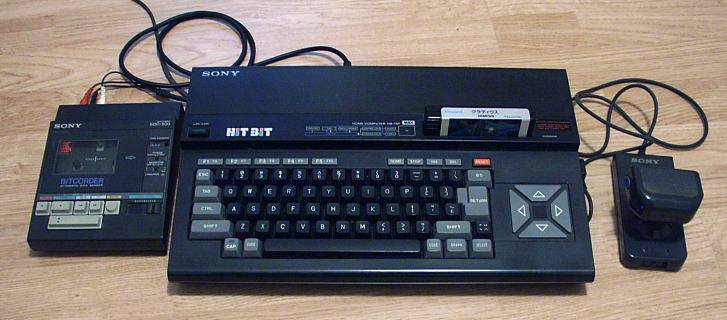
MSX Hit_Bit, CC BY-SA 3.0 (quoted from Wikipedia)
1983 YAMAHA YIS-503
As you would expect from a musical instrument manufacturer, Yamaha announced the MSX, which could be connected to musical instruments. 1983 was also the year that the Yamaha DX7 was released, and the year that MIDI was born. Yamaha also provided other companies with the YM2149, a PSG-compatible sound chip. The YM2149's envelope has 32 levels, double the 16 levels of PSG, for higher quality sound. There was also an optional FM sound module. The chip is equipped with the YM2151, and with 4OP and 8 polyphony, it is a high-spec sound source that is incomparable to the PSG. The black box-like object in the photo below is the FM synth module, which is docked to the back of the main unit with a keyboard.
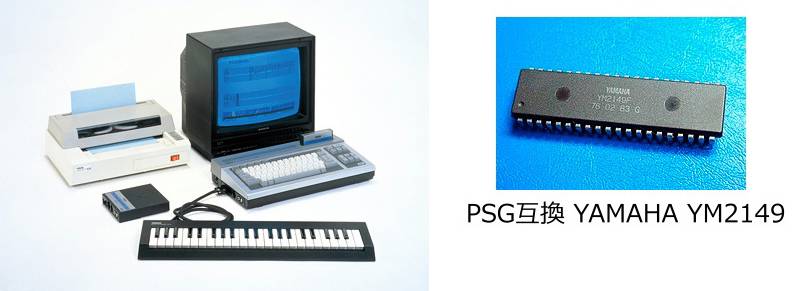
YM2149, CC BY-SA 3.0 (quoted from Wikipedia)
To be continued next time.
The “sound & person” column is made up of contributions from you.
For details about contributing, click here.











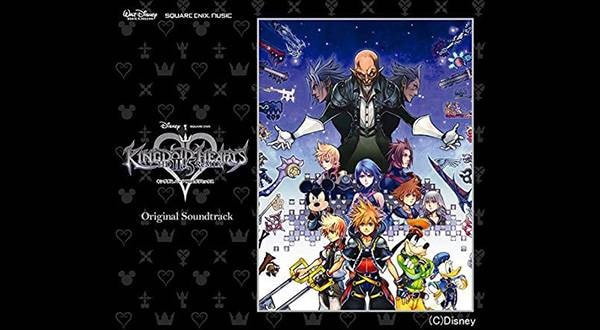
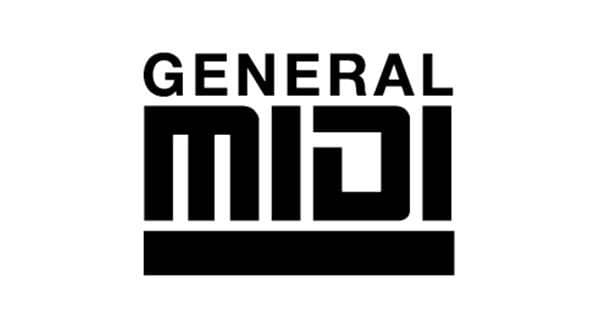
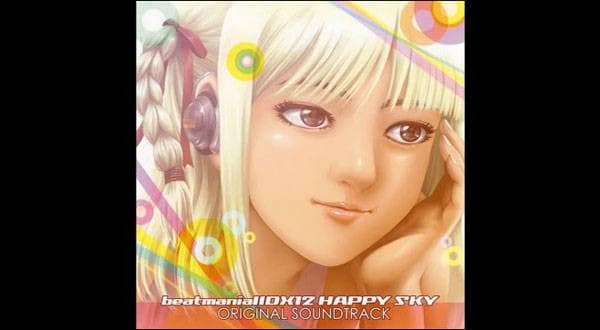
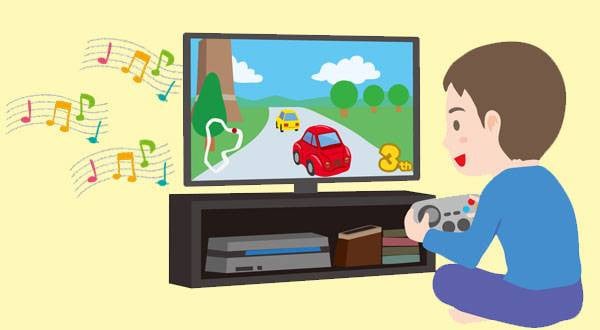
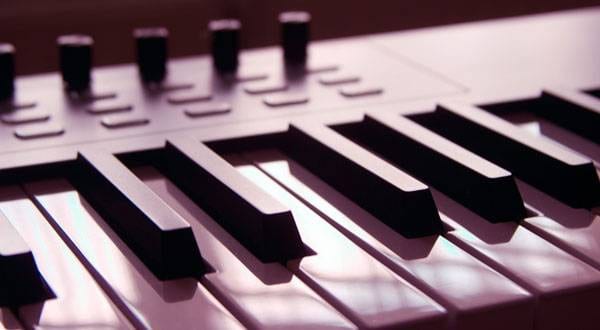

 BOSS MIDIケーブルで広がるパフォーマンスの世界
BOSS MIDIケーブルで広がるパフォーマンスの世界
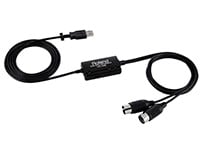 USB接続MIDIインターフェイス
USB接続MIDIインターフェイス
 ドラム音源に最適なMIDIパッド・コントローラー
ドラム音源に最適なMIDIパッド・コントローラー
 USB接続対応のMIDIキーボード
USB接続対応のMIDIキーボード
 DTMに必要な機材
DTMに必要な機材
 DTM・DAW購入ガイド
DTM・DAW購入ガイド















